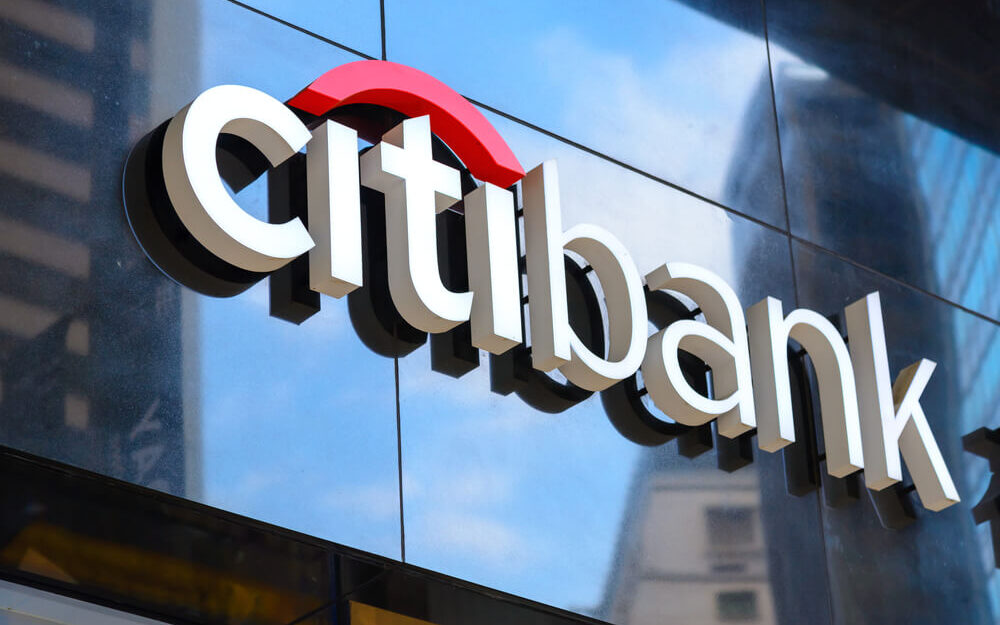Well, that’s a relief! The Federal Reserve has given America’s largest banks an official bill of health.
The Fed performed its annual stress test on the banking sector and determined that the big boys’ capital buffers are large enough to get through a downturn.
No one wants to see a repeat of the 2008 meltdown, which is why the Fed started its annual stress tests. But the result has been that they have kept major banks on a short leash for over a decade.
Without the Fed’s blessing, they aren’t allowed to raise their dividends or engage in share buybacks.
Dividend Relief From Stress Tests
We operate in a safer financial system because these tests force the banks to be more conservative. But a byproduct of the reforms is that investors have lost interest in the sector.
That’s a mistake.
The banks’ shares are now super cheap and offer some of the highest dividends of any major sector. As a case in point, let’s look at Citigroup Inc. (NYSE: C).
Citigroup stock yields an impressive 4.4%, which is higher than you’ll find in all but the most speculative bonds these days. And its dividend payout ratio is only 24%.
In plain English, Citi pays out just $0.24 in dividends for every dollar of earnings.
Banks aren’t a high-growth sector, so a lower ratio here is better. Most of the big banks have ratios in the high teens to high twenties, so Citi is right in the middle.
The bank has plenty of runway for dividend growth — more so now that the Fed has given them a clean bill of health in the annual stress test. (Citi has not announced plans to raise its dividend yet, though I think a dividend hike or a share repurchase announcement is likely within the next month.)
Is Citi stock a buy?
I ran C through Chief Investment Strategist Adam O’Dell’s proprietary six-factor Stock Power Ratings system, which picks companies apart using three fundamental and three technical factors.
We run this model daily on a universe of more than 8,000 stocks and rank them based on “Overall Rating.” These ratings range from 0 to 100, where 0 is “worst,” and 100 is “best.” Anything over 60 is “Bullish,” meaning we expect it to double the market’s return over the next 12 months.
Citigroup’s Stock Power Rating
Citi’s Stock Power Rating is a “Bearish” 29 out of 100.
But its high yield and potential for dividend growth warrant a deeper look.
Value: As I mentioned, banks are cheap now, and Citi is cheap even among banks. Its value factor rating is a stellar 87.
When we dig deeper into the numbers, the story keeps getting better. Citi trades at an über-low price-to-earnings (P/E) ratio of 5. Yes, 5.
In an overpriced market, one of the world’s largest banks trades for 5 times earnings.
Banks in general are cheap. Most of the bigger banks have P/E ratios in the 8 to 10 range. But Citi is cheap by this metric even by the standards of the other banks. For comparison, the S&P 500’s ratio is around 20.
C also trades for 0.5 times book value — a terrific bargain.
Even if earnings take a bath in a recession later this year, Citi stock is cheap at the moment.
Quality: Citi rates a “Bullish” 61 on our quality factor. And remember, banks tend to be penalized here due to their high debt levels. (Balance sheet strength contributes big-time to the factor score.)
Citi’s high margins compensate here, pulling the overall score higher.
Growth: Citi also earns a respectable 54 on our growth factor. Our growth factor considers growth rates in sales and earnings as far back as 10 years, and the Fed’s test has throttled large banks’ growth.
A “middle of the pack” growth score here is impressive!
Volatility: Citi rates a “Bearish” 25 on our volatility score. Banks have been volatile this year, as has a lot of the market. Keep this in mind if large moves in a stock’s price will keep you up at night.
Momentum: Along the same lines, bank stocks got roughed up worse than the broader market this year. Citi rates an 18 on our momentum factor.
Size: Finally, we get to size. As one of the largest banks in the world, Citi’s 0 rating couldn’t get any lower.
So what are we to make of all of this?
Citi’s shares are inexpensive enough that I consider them a buy today.
But I don’t blame you if you decide to exercise caution and wait for evidence that the shares have stopped sliding.
Our momentum score is always backward-looking and will never time an inflection.
Bottom line: When our momentum score improves to 60 or higher, you’ll know the shares are in an uptrend. You can look up Citi’s Stock Power Rating on our homepage anytime.
If you’re comfortable dipping your toe in today, another option is to average in, gobbling up some of the shares now and adding to the position as momentum improves.
To safe profits,
Charles Sizemore, Co-Editor, Green Zone Fortunes
Charles Sizemore is the co-editor of Green Zone Fortunes and specializes in income and retirement topics. He is also a frequent guest on CNBC, Bloomberg and Fox Business.







